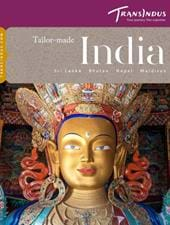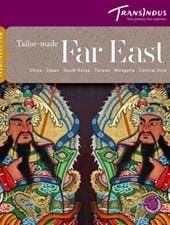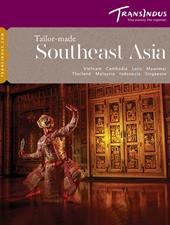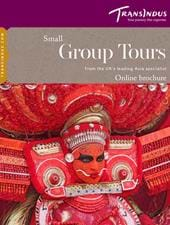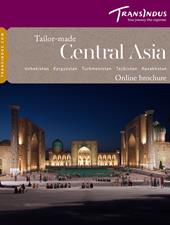March-May and September-November are the most pleasant months to visit, as temperatures are more moderate and nature is at its most glorious. The summer months, from June to August, are generally swelteringly hot and much of the country is very crowded.
The winter months, from mid November till late March, are often bitterly cold and many sights close during that time. The Spring Festival (or Chinese New Year) in January or February, the May Week (first week of May) and the Mid-Autumn Festival in October see several hundred million Chinese travelling to their hometowns and tourism grinds to a halt during these weeks.
The tropical island of Hainan in the South China Sea is the only year-round destination in China. The Tibetan Plateau, including parts of Yunnan and Sichuan, is best visited in summer, from late June till mid September. Xinjiang Province in the west of China and the bordering Central Asian countries are some of the hottest places on the planet and are to be avoided in summer.


